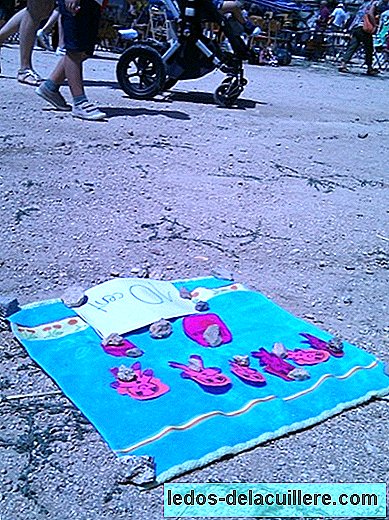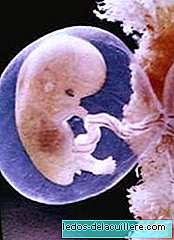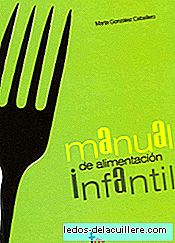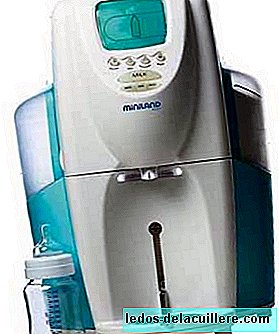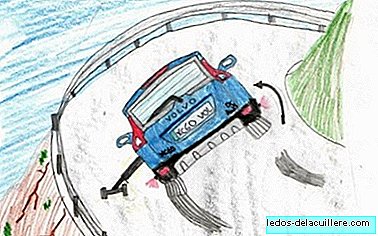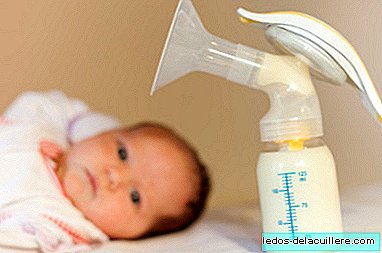
Feeding the baby with breast milk is as old as the human race. We talk about millions of years, and after such a long time it is amazing to realize that it is now when we are discovering most things related to this liquid tissue full of cells, nutrients and defenses for the baby.
One of the latest discoveries, quite surprising, is what researchers of the Lis Maternity Hospital and of Sourasky Medical Center from Tel Aviv: manually extracted breast milk seems to have more fat and more calories than when it is extracted with breast pump.
Study Data
To get the samples, the researchers contacted 21 women who were going to be mothers. Once they gave birth, and after they secreted the colostrum, they were made with samples of your milk extracted with breast pumps for hospital useas well as of your milk removed manually, after teaching them how to do it effectively.
When comparing the samples, they saw that the fat content in manually obtained breast milk was of 2.3 ± 1.27 grams per 100 ml, which they considered significantly higher than the fat content of the milk obtained with the breast pump, which was 1.84 ± 1.36 grams per 100 ml.
When looking at the calories contributed by each mother's milk, according to the method by which it had been obtained, the variations were also considered significant: the manually extracted milk had a caloric content of 53.47 ± 13.66 kcal per 100 ml, while the one the mothers took out with breast pumps had 48.9 ± 14.8 kcal per 100 ml.
The concentration of protein and of carbohydrates did not suffer variations with both extraction methods.
These differences were maintained even after controlling for the variables of age, mode of birth, gestational age at the time of giving birth, whether he was the first child or not, and how long the delivery lasted.
But why?
The present study was done with women who had given birth 72 hours before. That is, practically with the rise of recent milk. Investigators they don't know very well why this difference happens, although they believe that it may be because before manual removal it is usually recommended for women to do a little massage on his chest, like moving the milk inside to bring it closer to the nipple.
Apparently, they believe that this could do a bit of mix between the milk that comes out at the beginning and the milk at the end, which is richer in fat.
On the other hand, it has been seen that when extracting colostrum, much denser than breast milk, manual extraction seems to get more quantity than a breast pump. The difference can be a mechanical issue: it is not the same what a breast pump does in the chest as what a hand does. They consider, then, that the gesture of the hand when it comes to pumping breast milk could be more efficient when it comes to pumping the denser milk, the one with more fat.
Therefore, researchers dare to send a recommendation in case it could be helpful: that in those babies who begin breastfeeding through deferred breastfeeding, the extraction is done, if possible, manually, so that the little milk they drink because they are still small, has more fat and more calories.


